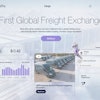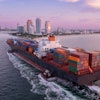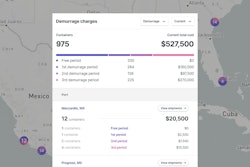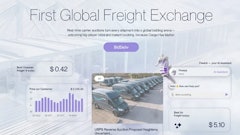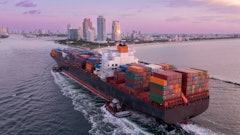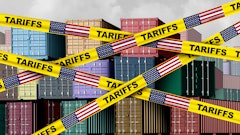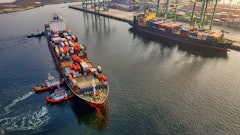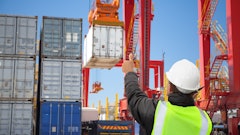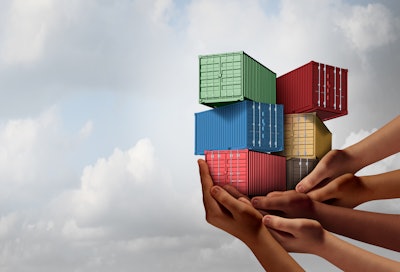
Container prices are experiencing a dramatic increase in China, surging by 45% in May. Meanwhile, container prices have remained relatively stable in the United States and Europe, according to new data from Container xChange.
“Shippers are pulling shipment dates forward, resulting in a temporary demand for shipping capacity. This is reflected in higher throughput volumes, despite underlying consumer demand and factory orders being weak,” says Christian Roeloffs, co-founder and CEO of Container xChange. “For instance, consumer spending in the U.S. increased by only 2% in the first quarter of 2024, below the advance estimate of 2.5% and the lowest increase in three quarters. Also, retail inventories excluding autos in the U.S. increased by only 0.3% month-over-month in April 2024, following a 0.4% decline in March 2024, indicating only cautious restocking by retailers. Additionally, new orders for manufactured goods in April rose by $4.3 billion, a 0.7% increase to $588.2 billion, while shipments increased by $5.9 billion or 1% to $590.2 billion, signaling robust demand in the shipping and container logistics market.”
 Container xChange
Container xChange
Key takeaways:
- The container trading market in China has been highly volatile throughout the month of May, with container prices rising beyond expectations. Average container prices for 40-foot-highh cube cargo-worthy containers across key ports in China rose by 45% in May, from $2,240 in April to $3,250 in May. These were around $1,698 in November 2023 and around $7,178 in September 2021 (at the height of the COVID-19 boom).
- The surge in container prices is driven by a significant lack of capacity (containers and vessels) that coincides with an unexpected increase in demand for capacity.
- Contrary to the weak underlying structural demand side, the year-to-date container TEUs comparison from 2024 to 2023 shows an average 18% increase in inbound TEUs at major US ports.
- Key U.S. ports such as Los Angeles, Long Beach, and Port of Vancouver reported significant year-on-year growth rates, ranging from 28.1% to 22.37%.
- The current spike in container prices is not sustainable in the long term, as it is not backed by strong underlying demand. Concerns over labor markets and high-interest rates imply that consumers are likely to reduce spending, which could lead to a decline in demand for goods, and consequently, a reduction in shipping volumes in the near term, unless the demand revival becomes stronger and the supply capacity soak up intensifies.
- Industry participants indicated expectations of higher container price hikes. The Container Price Sentiment Index (xCPSI) exhibited significant volatility in its readings, reflecting the challenges arising from the Iran-Israel conflict, evolving geopolitical economic trade relationships, and persistent climatic changes causing droughts, compelling businesses to fortify their supply chains.
"Given these factors, we expect that the elevated container prices we've seen in recent months may not be sustainable," says Roeloffs. "As the initial rush to restock inventories subsides and the real demand from consumers and businesses remains flat, we anticipate a stabilization or even a decline in container prices in the mid-term. The market is showing signs of volatility driven by short-term factors, rather than a sustained increase in demand.”

